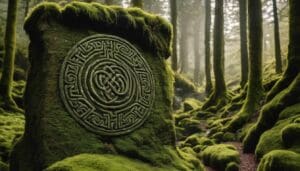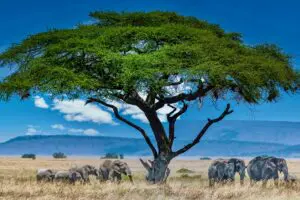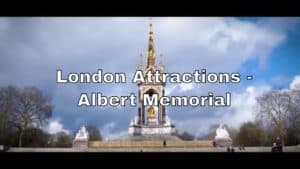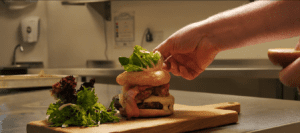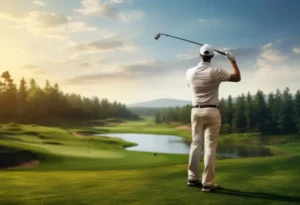Hurling: An Incredible Sport Dating Back to 1200BC
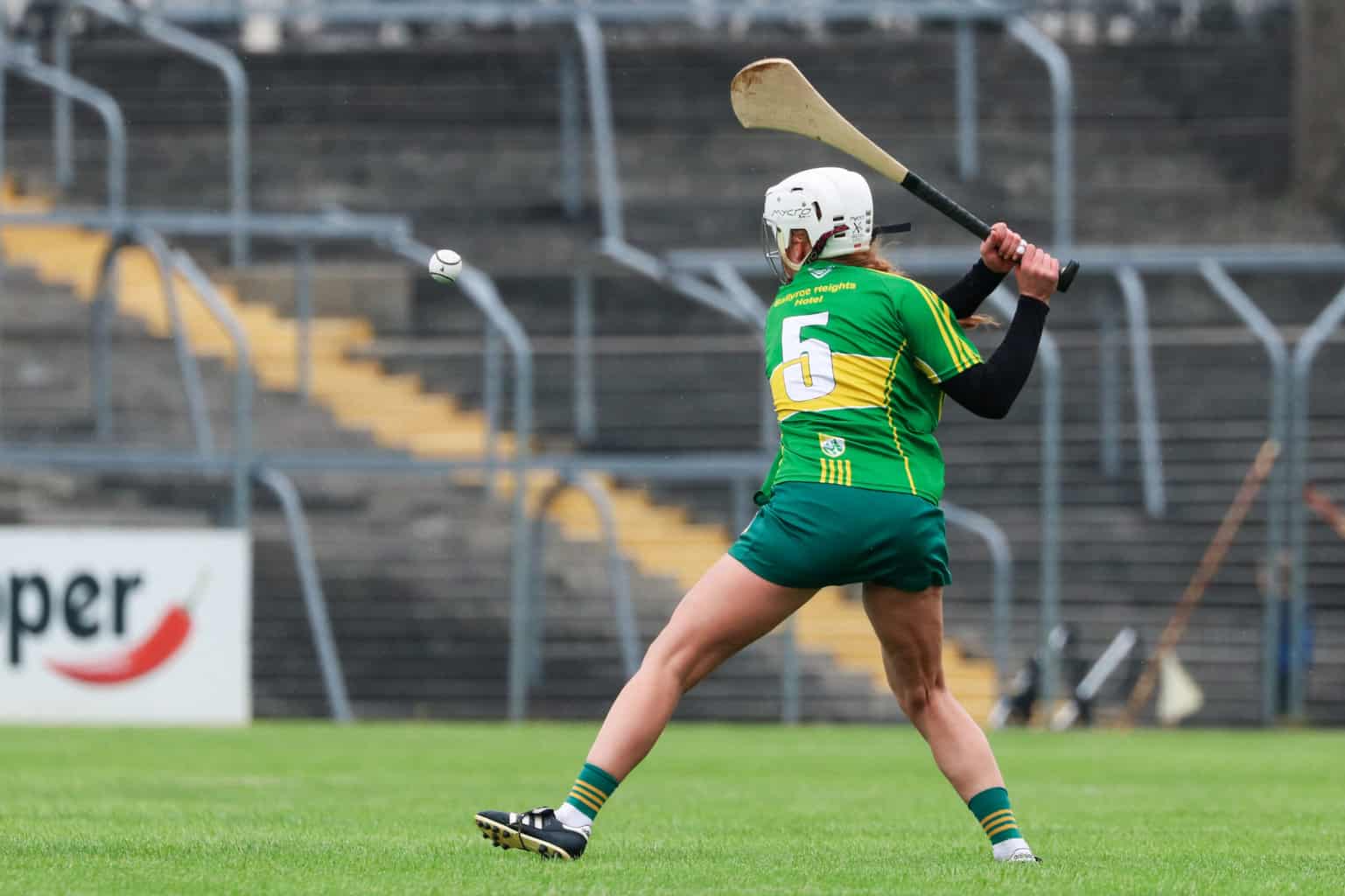
Updated On: November 09, 2023 by Courtney Augello
Among Ireland’s rolling landscapes and historic villages, a sport as ancient as the land itself weaves a captivating tale of athleticism, culture, and identity. Hurling, often referred to as the soul of Ireland, is more than just a sport; it’s a living embodiment of the nation’s rich history, values, and community spirit.
From its roots in ancient fields to its modern-day prominence, hurling remains a poignant reflection of Ireland’s enduring spirit and a beacon that draws the world’s attention to the heart of Irish identity.
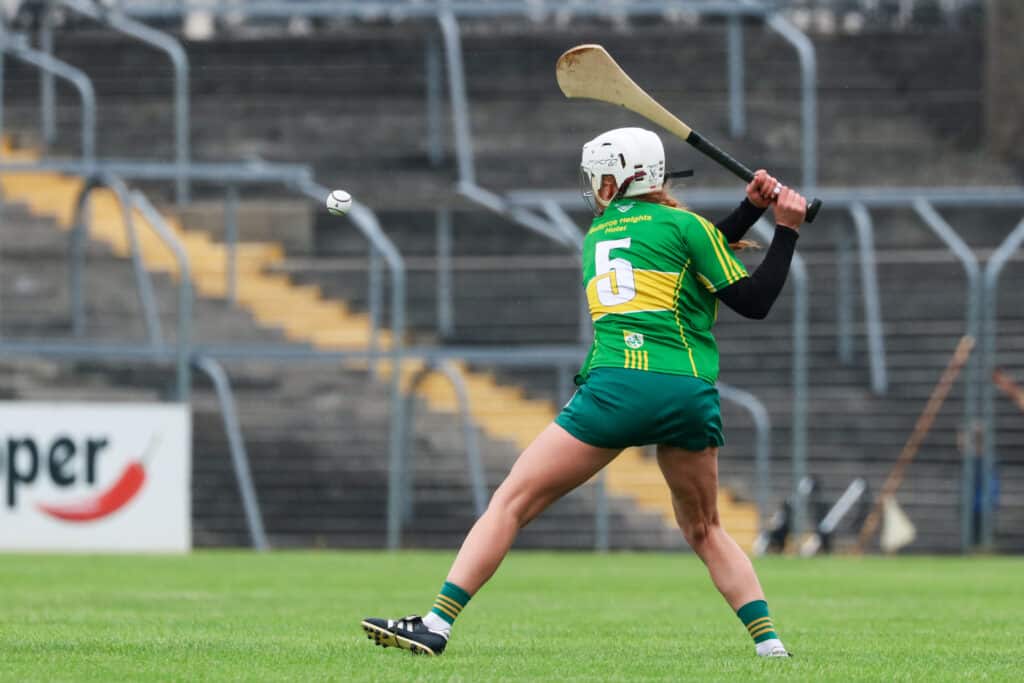
To help you understand the multifaceted world of hurling, we’ve explored its origins, historical significance, role in shaping communities, and impact on Irish culture at home and on the global stage.
Table of Contents
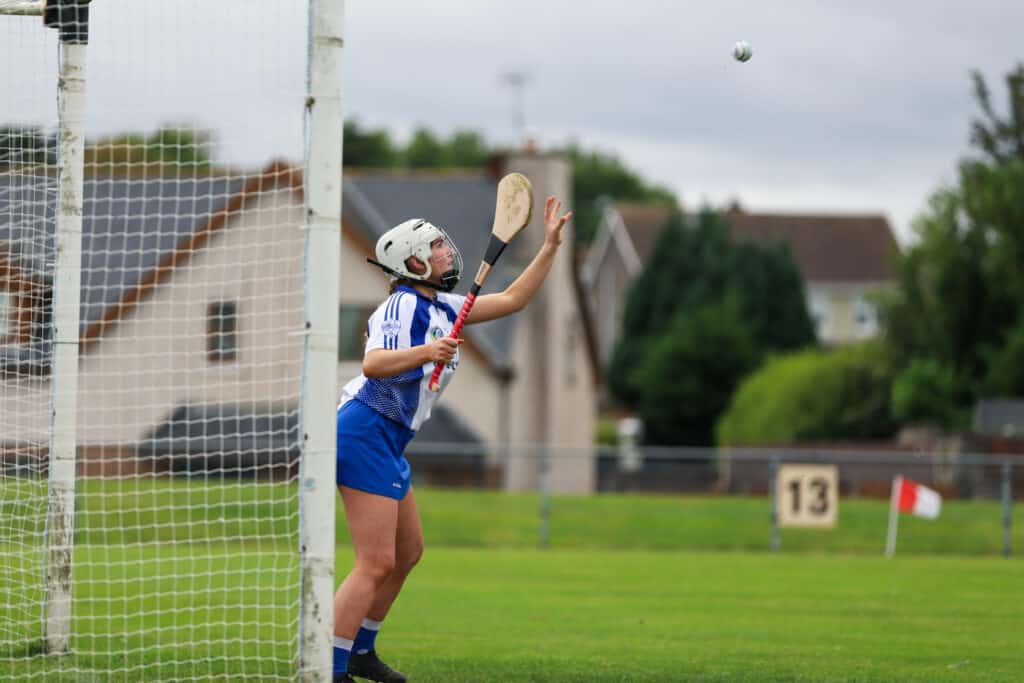
What is Hurling?
Rules of the Game
Hurling, often referred to as “Ireland’s Ancient Warrior Sport,” is a fast-paced and exhilarating team sport deeply rooted in Irish culture and tradition. Played on a field known as a pitch, hurling combines elements of hockey, lacrosse, and soccer, creating a unique and captivating experience for players and spectators.
The game involves two teams, each consisting of 15 players, who use a combination of skill, strategy, and sheer athleticism to compete for victory.
The game is divided into two halves, each lasting 35 minutes, with a 10-minute halftime break. Players use their hurleys to strike the sliotar, pass it to teammates, and defend against opponents.
Unlike many other sports, hurling allows players to use their hands to catch and carry the ball for a limited distance before striking it again. However, they cannot take more than four steps while holding the ball in their hands, which adds an element of skilful dribbling and quick decision-making.
Equipment Used
Central to the sport of hurling are the distinctive pieces of equipment that define the game and contribute to its character. The equipment used in hurling consists of the hurley and the sliotar, both carefully crafted to ensure optimal gameplay and player performance.
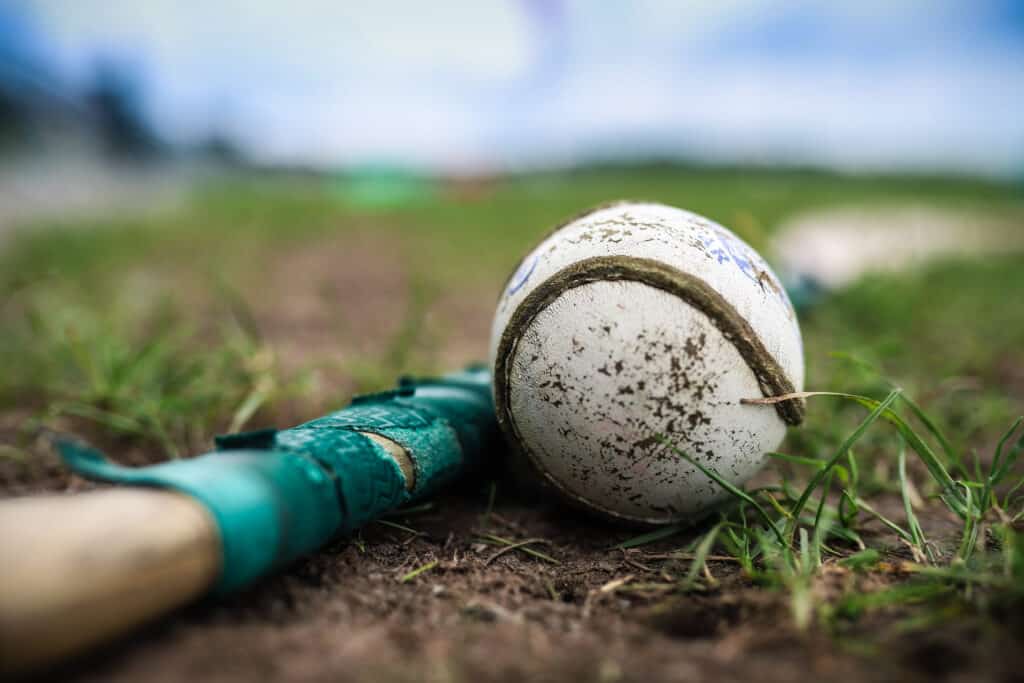
Hurley
The hurley, often referred to as a “hurl,” is a specialised wooden stick that serves as the primary tool for players to strike, pass, and control the sliotar during the game. Crafted from ash wood, the hurley features a unique curved shape with a broad, flat striking surface at one end and a tapered handle at the other.
The art of making hurleys is a tradition passed down through generations. Skilled craftsmen carefully select and shape the ash wood, considering factors such as weight, balance, and flexibility.
The resulting hurleys are individualised to each player’s preferences, ensuring a harmonious connection between the player and the instrument. Players often develop a close relationship with their hurleys, relying on their craftsmanship to deliver accurate shots and manoeuvres on the field.
Sliotar
The sliotar, the ball used in hurling, plays a vital role in the dynamic gameplay and challenges presented to players. Traditionally constructed with a cork core and covered in leather, the sliotar is compact, durable, and aerodynamic, enabling it to be struck with precision and speed across the field.
The sliotar’s size and weight make it a challenge to control and manipulate, adding an element of unpredictability to the game. Players must adapt to the sliotar’s flight and bounce, using their skills to receive, pass, and shoot accurately amid the dynamic and high-speed nature of hurling.
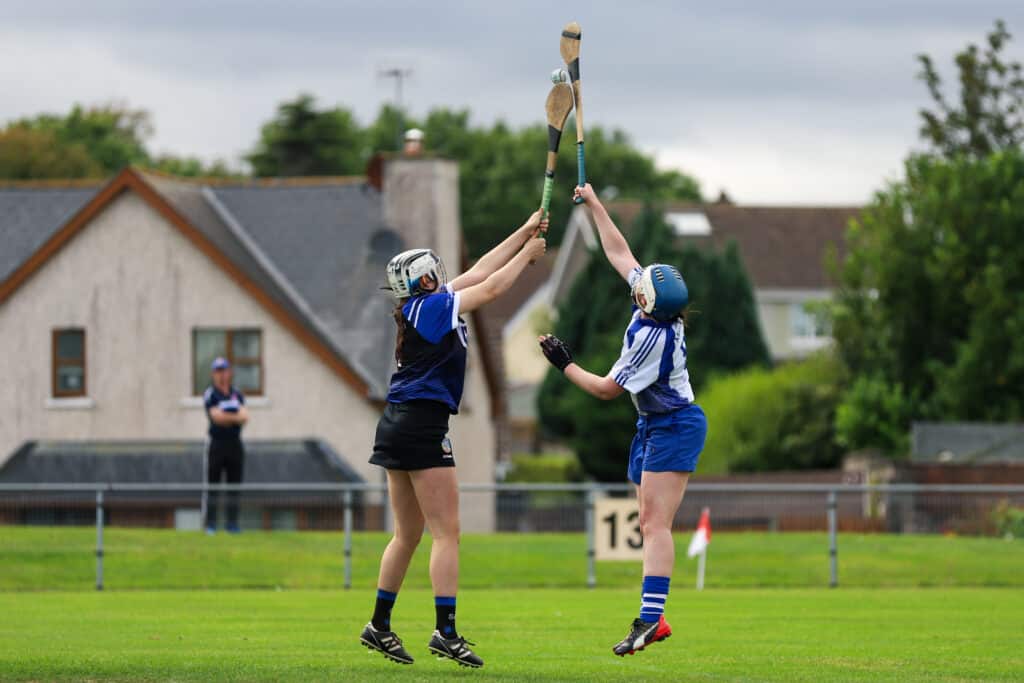
Key Objectives
Hurling is a sport of both individual brilliance and cohesive teamwork. Players must exhibit exceptional hand-eye coordination, agility, and strength to control the sliotar and manoeuvre it skillfully around opponents. The pace of the game is relentless, with swift transitions between attacking and defensive plays.
Strategically, teams focus on creating opportunities to score through precise passing, strategic positioning, and well-timed strikes. Defensively, players must intercept passes, block shots, and contest possession to thwart the opposing team’s advances.
The goalkeeper plays a critical role in protecting the goal and preventing goals, often making acrobatic saves to keep the sliotar out of the net.
Hurling’s gameplay dynamics create a thrilling and dynamic spectacle, drawing in fans for its sporting intensity and the display of Irish identity, camaraderie, and skill. The sport’s deep historical roots add to its allure, connecting modern-day players and spectators to their ancient heritage.
History of the Sport
Origins in Ancient Ireland
The origins of hurling trace back to ancient Ireland, where it emerged as a significant cultural and recreational activity. The sport is often linked to Celtic traditions and has a deep-rooted connection to the country’s history and identity.
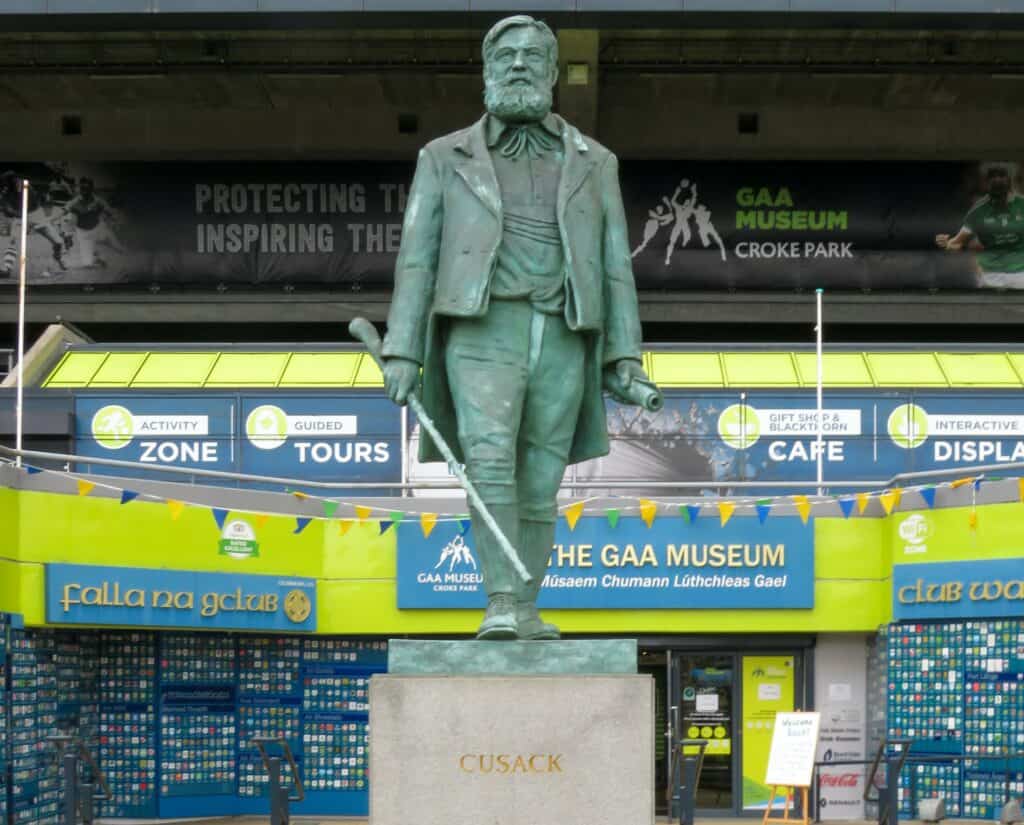
Historical records and archaeological evidence suggest that forms of the sport were played as far back as 2000 years ago. These early versions of the game were more informal, reflecting the spontaneous and communal nature of ancient Irish society.
In these early iterations, hurling was more than just a sport; it was a way for communities to bond, celebrate, and showcase their physical prowess. Matches were often held on open fields or along the coastline, providing a platform for social interaction and displays of skill.
Evolution of the Sport
Early Forms and Informal Beginnings
In its earliest forms, hurling was characterised by its simplicity and communal nature. The game was played in open fields, often serving as a means of social bonding and community celebration.
These matches lacked standardised rules, allowing for variations in gameplay across different regions. The objectives remained consistent: strike the sliotar towards a designated goal area while defending against opponents.
Medieval Structuring and Regional Variations
As Ireland entered the medieval period, hurling began to take on more structured elements. Regional variations emerged, each contributing its distinctive flavour to the game. These variations were often influenced by local customs, geographical features, and available resources.
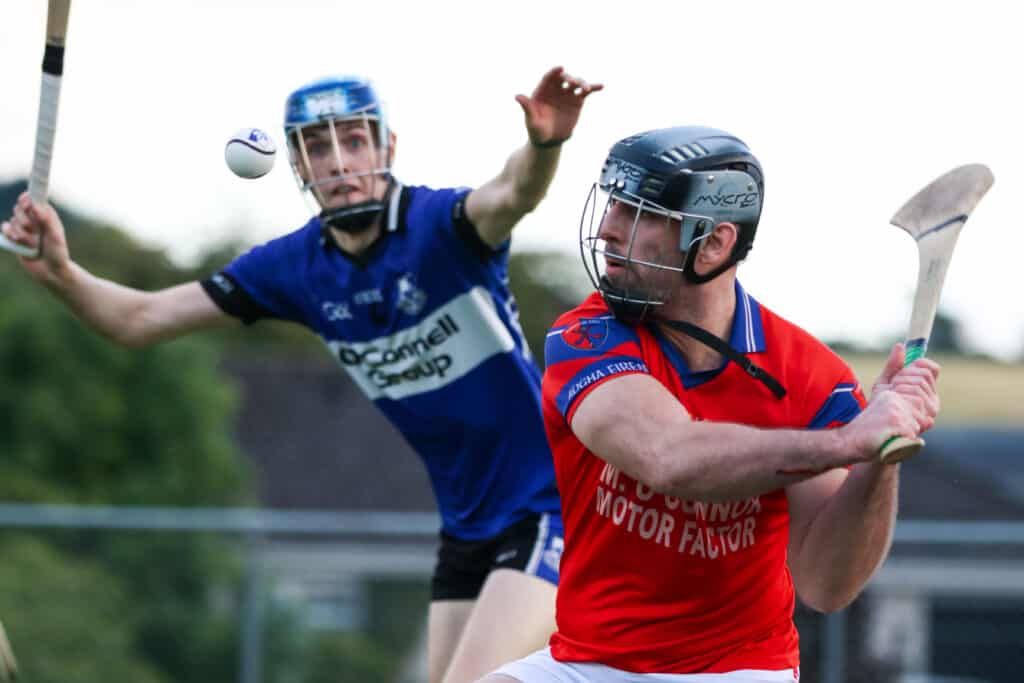
Despite the differences, the core essence of the game remained intact – a display of physical prowess, teamwork, and competition. The sport continued to be a vital component of community life, serving as a source of entertainment, identity, and social cohesion.
19th Century Revival and the GAA
The 19th century brought about a significant turning point in hurling’s evolution. As Ireland grappled with social and political challenges, the sport faced periods of decline. However, efforts to codify and standardise the rules of hurling paved the way for its revival.
In 1884, the establishment of the Gaelic Athletic Association (GAA) marked a watershed moment. The GAA aimed to promote and preserve traditional Irish sports, including hurling, as a means of fostering national identity and pride.
Under the GAA’s guidance, the sport underwent a renaissance. The association introduced standardised rules, organised competitions, and established a framework for the sport’s growth.
Modernisation
In the modern era, hurling has adapted to the demands of contemporary society while preserving its core essence. Innovations in technology, training methods, and media exposure have elevated the sport to new heights.
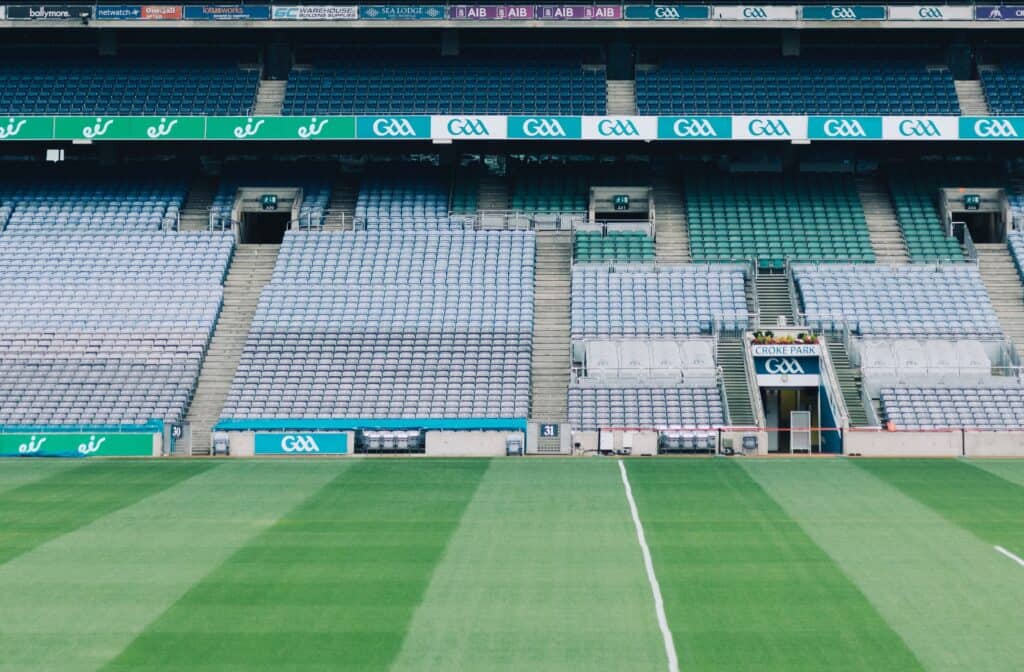
The introduction of All-Ireland Championships and international competitions has further expanded hurling’s reach beyond Ireland’s borders, fostering a global community of enthusiasts.
While hurling’s evolution has brought about changes, it has also upheld its historical and cultural significance. The sport’s enduring popularity attests to its ability to bridge the past and the present, connecting generations of players and fans to their heritage.
Today, the sport stands as a dynamic blend of tradition and modernity, a testament to its ability to evolve while remaining true to its roots.
Historical Significance
Hurling’s historical significance extends beyond the realm of sports. It is intertwined with Ireland’s cultural heritage, serving as a living testament to the nation’s resilience, identity, and sense of community.
The sport’s role in Irish society goes beyond the pitch. It has been a source of inspiration for literature, poetry, and music, immortalising the spirit of hurling in artistic expression. Matches have also been a platform for local pride and identity, fostering a sense of belonging within towns and villages.
Beyond athleticism and competition, the sport represents a living link between the past, present, and future of the Irish people, a connection that continues to strengthen as the sport evolves and flourishes.
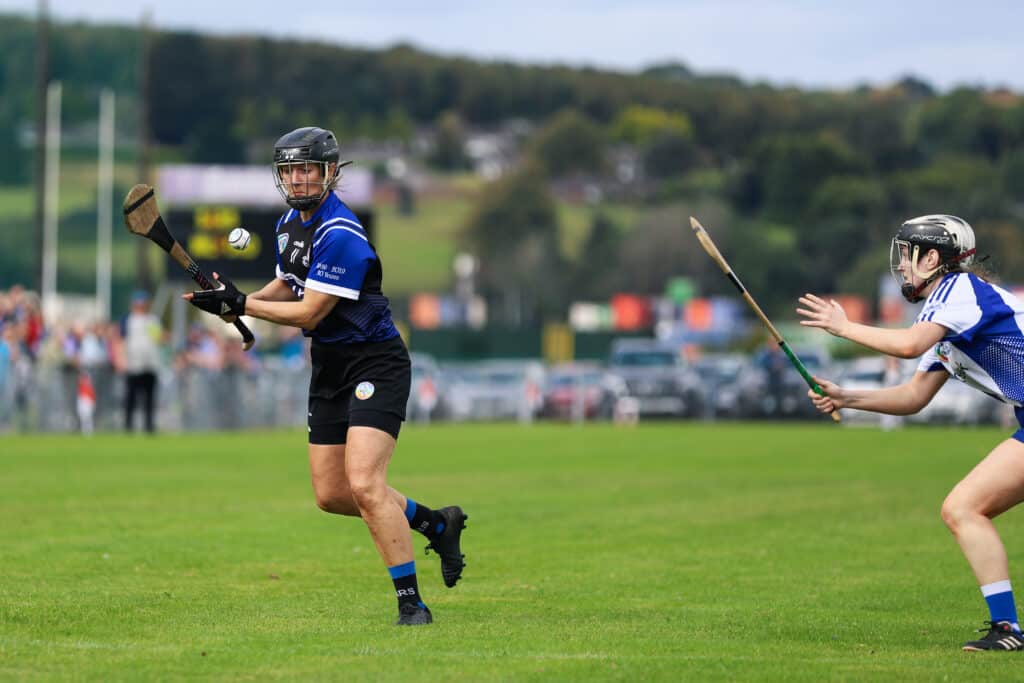
Men’s vs Women’s Versions of Hurling
Development of women’s Hurling
While hurling has a long history deeply entwined with Irish culture, the women’s version of the sport has experienced a more recent but notable emergence. Over the past few decades, there has been a growing recognition of the skill and athleticism that women bring to the game.
The development of women’s hurling, known as camogie, has been nurtured by various factors, including increased visibility of women in sports, advocacy for gender equality, and the efforts of organisations such as the Camogie Association, founded in 1904.
Differences and Similarities Between Versions
Both men’s and women’s versions of hurling share fundamental elements, including the use of hurleys and sliotars and the objective of scoring points and goals. However, certain differences reflect the unique dynamics and nuances of each version.
The most notable difference lies in the pace and physicality of the game. Men’s hurling often emphasises speed and power due to inherent physiological differences, while women’s hurling may emphasise finesse, skill, and tactical play.
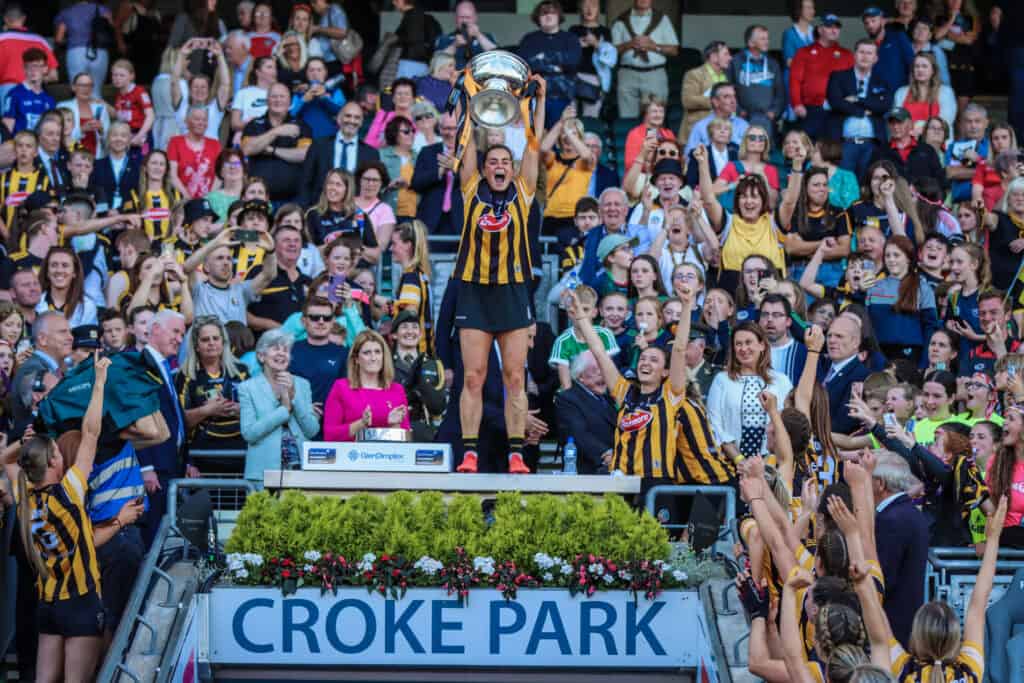
The rules and dimensions of the field remain largely consistent between the two versions, although variations may exist to account for differences in strength and physicality.
Efforts Towards Gender Equality
Efforts to promote gender equality in hurling have gained prominence as part of broader initiatives to ensure equitable opportunities for women in sports. These efforts include raising awareness about women’s hurling, providing access to training and development programs, and expanding competitive opportunities.
The push for gender equality has also led to greater recognition and visibility of women’s hurling. Major events, such as the All-Ireland Senior Camogie Championship, showcase the skill and dedication of female players, attracting audiences and sponsors alike.
In recent years, steps have been taken to address gender imbalances in resources, facilities, and media coverage within the sport’s community. Efforts to promote women’s participation enrich the sport’s diversity and provide young girls with role models and pathways to pursue their passion for hurling.
The development of women’s hurling marks an inspiring journey towards gender inclusivity within a traditionally male-dominated sport. As the sport continues to evolve, the differences and similarities between the men’s and women’s versions highlight the importance of recognising the diverse strengths and talents that individuals bring to the game.
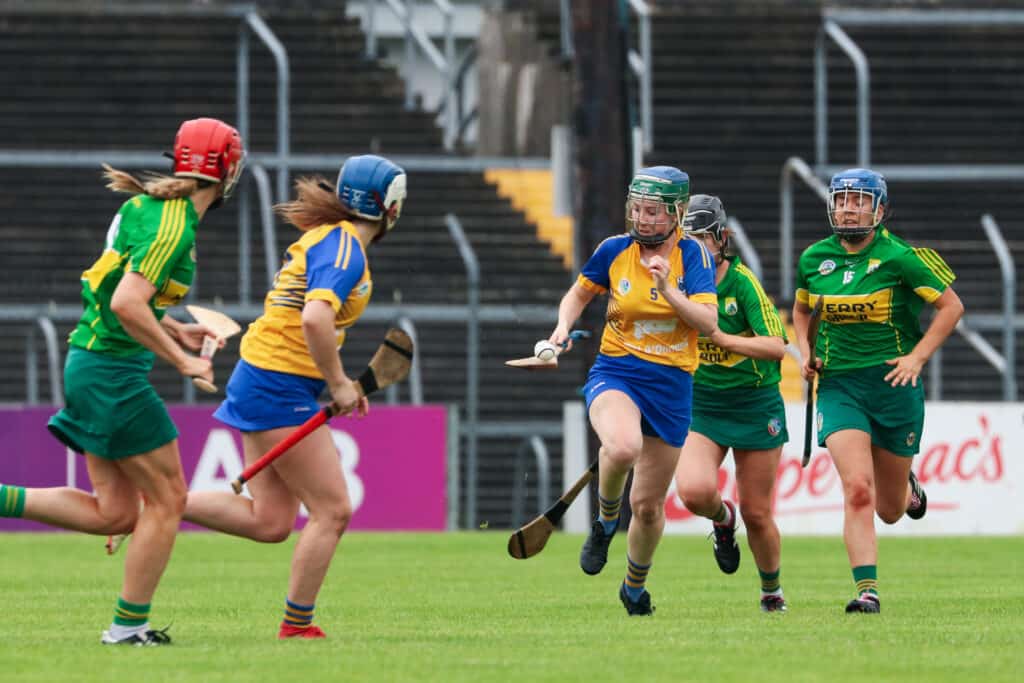
Significance in Irish Culture and Tradition
A Reflection of Irish Identity
Hurling stands as a cultural cornerstone deeply embedded in the fabric of Irish identity. Beyond its status as a sport, it encapsulates the essence of Irish heritage, embodying values such as resilience, camaraderie, and an unwavering spirit.
The sport’s history, intricacies, and the pride with which it’s played resonate with the Irish people, serving as a unifying force that transcends geographical boundaries and social strata.
Hurling’s symbolism is often likened to a reflection of the Irish struggle for independence and the preservation of their cultural heritage. The sheer determination exhibited on the field mirrors the determination of a nation that has overcome challenges throughout history.
Role in Local Communities
Hurling is a pivotal thread in local Irish communities that weaves individuals together. The sport’s significance goes beyond the confines of a match; it’s a social catalyst that fosters connections and shared experiences.
Competitive matches are occasions for communities to gather, cheer for their local team, and collectively celebrate their heritage. These events evoke a sense of belonging and unity, enabling generations to connect and pass down their passion for the sport.
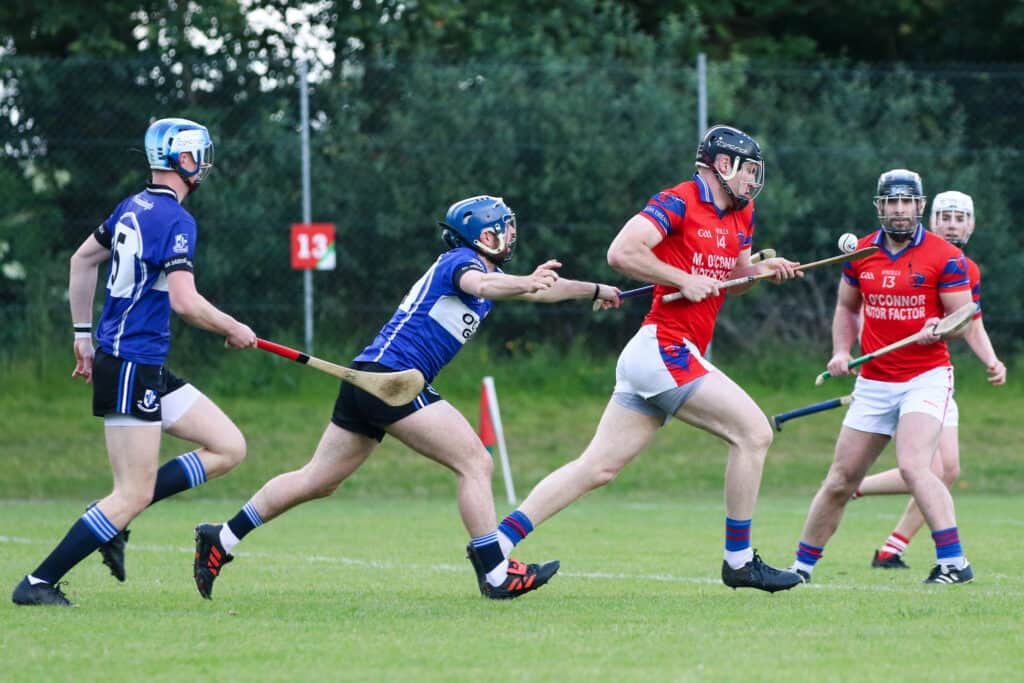
Local clubs become centres of social activity, offering spaces for individuals of all ages to engage in the sport, build friendships, and participate in various events. The camaraderie forged through hurling extends to the heart of Irish villages, enriching community life with a sense of pride and togetherness.
Influence on Art, Literature, and Music
Hurling’s cultural significance is further elevated through its influence on various forms of artistic expression. Irish literature, for instance, features the sport as a recurrent motif that symbolises the nation’s spirit.
Music, another integral aspect of Irish culture, has embraced the sport as well. Traditional Irish songs often celebrate the sport, its heroes, and the emotions it evokes. These melodies resonate with audiences, instilling a sense of nostalgia and passion for the sport.
Furthermore, visual art captures the dynamism and energy of the game, depicting scenes of matches, players, and supporters in vibrant and engaging ways. From photography to paintings, Irish artists have captured the spirit of the sport.
Hurling isn’t merely a pastime; it’s a living embodiment of Ireland’s history, values, and collective spirit. As the sport continues to flourish, it carries with it the legacy of a nation and the enduring ties that bind its people.
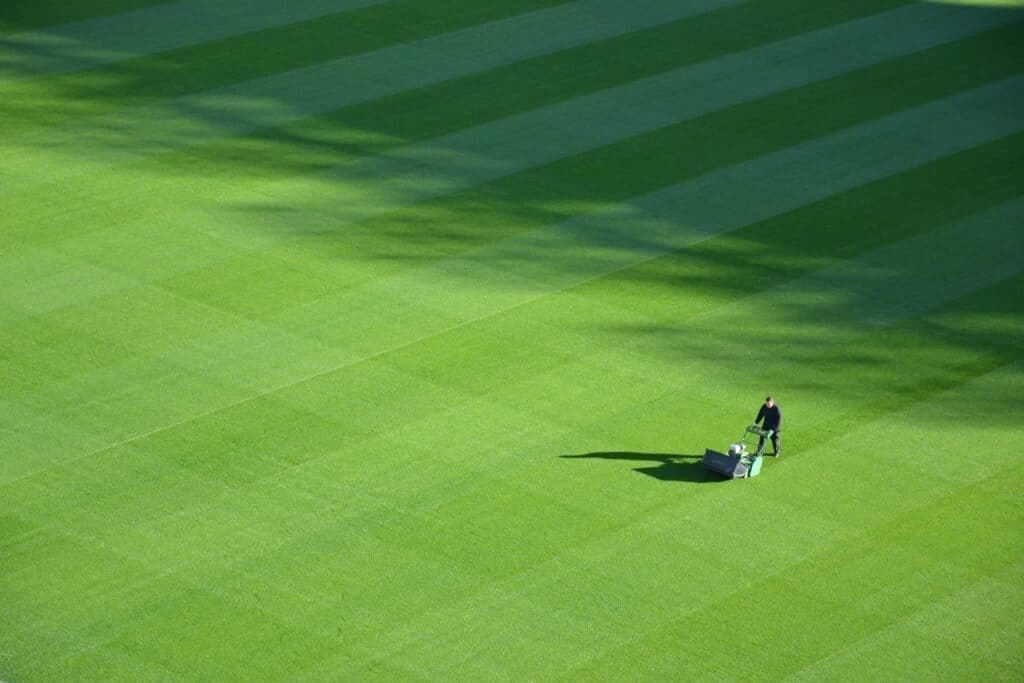
Impact on Tourism
Attracting International Visitors
Hurling has transcended its status as a traditional sport to become a powerful magnet for tourism in Ireland. The sport’s unique blend of athleticism, cultural significance, and passionate fan base makes it a compelling attraction for international visitors seeking an authentic Irish experience.
Local and national hurling events create an inviting atmosphere that welcomes visitors into the heart of Irish communities. The warmth and enthusiasm displayed by players and fans make these events not just about the game but about fostering connections and the joy of collective celebration.
Role of Major Tournaments
Major hurling tournaments, such as the All-Ireland Senior Hurling Championship, significantly boost tourism in Ireland. These tournaments showcase the pinnacle of hurling skill and provide an opportunity for visitors to witness the sport at its highest level.
As international fans converge to support their favourite teams, local businesses benefit from the influx of visitors. Restaurants, hotels, souvenir shops, and various hospitality services experience heightened demand during these tournaments.
Promotion of Irish Culture and Sport
Hurling’s impact on tourism extends beyond Ireland’s borders, as the sport serves as an ambassador of Irish culture on the global stage. International visitors who experience the sporting events gain insight into the essence of Ireland’s history, values, and people.
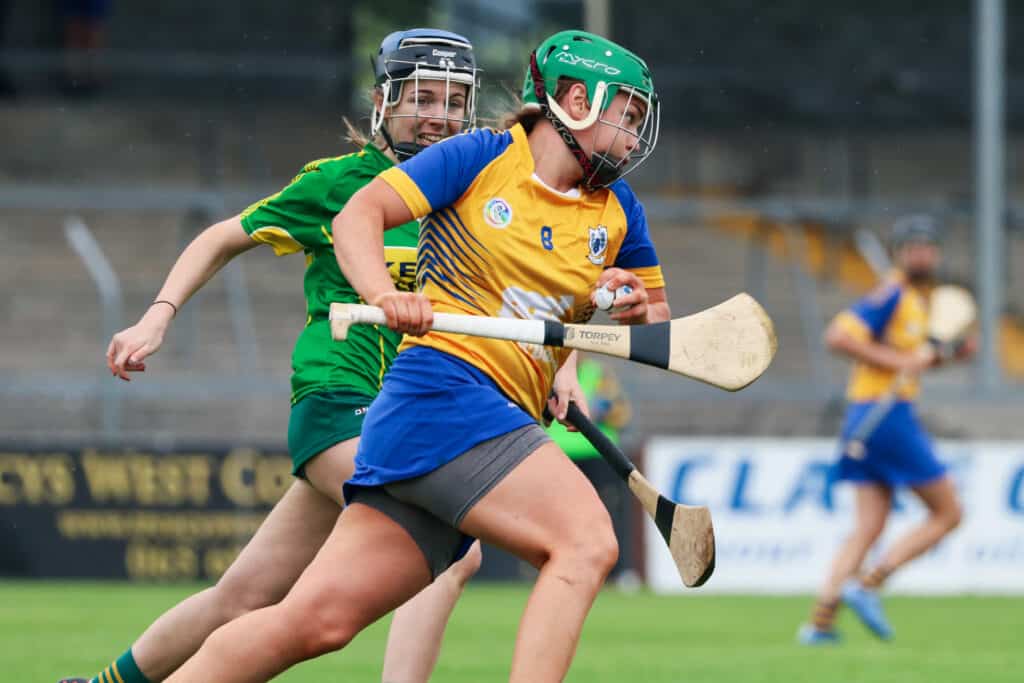
Moreover, tournaments televised and broadcasted worldwide allow viewers from diverse backgrounds to engage with the sport. This exposure not only promotes Irish culture but also sparks curiosity and interest in the country itself.
Tourists inspired by hurling’s portrayal on an international scale often embark on journeys to Ireland, seeking to connect firsthand with the cultural phenomenon that captured their imagination.
Hurling’s impact on tourism transcends its role as a sport; it serves as a cultural catalyst, drawing visitors from around the globe to experience the authentic spirit of Ireland. The sport helps to create connections, foster economic growth, and showcase Irish heritage.
Economic and Social Implications
Economic Benefits
Hurling’s influence extends well beyond the realm of sports, significantly contributing to Ireland’s economy through various related industries. The sport generates substantial economic activity from the production of hurleys and sliotars to merchandise sales, ticket revenues, and hospitality services during matches and tournaments.
Local artisans who craft hurleys and manufacture sliotars not only uphold tradition but also provide a source of livelihood. Additionally, the influx of tourists for hurling events fuels demand for accommodation, dining, transportation, and other services, boosting local economies and supporting job creation.
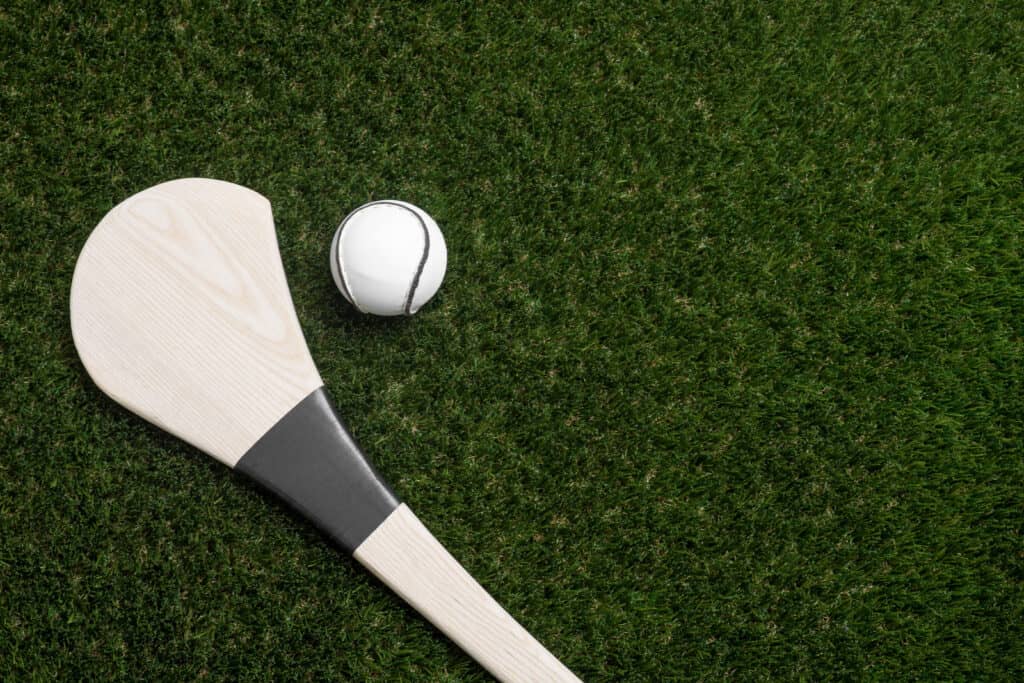
Stadiums and venues hosting matches become economic hubs, attracting visitors who spend on concessions, memorabilia, and other associated goods. The sport’s popularity also fuels sponsorship deals and media contracts, generating revenue streams that circulate through both the sports industry and the broader economy.
Social Bonds and Community Pride
Hurling serves as a powerful conduit for fostering social bonds and nurturing a sense of community pride. At the local level, clubs become gathering points where individuals of diverse backgrounds unite under the banner of the sport.
The camaraderie cultivated through practices, matches, and shared goals creates enduring friendships and supports a strong sense of belonging. Clubs also organise events, fundraisers, and community initiatives that extend beyond the sport, enhancing their role as vital community hubs.
The sense of unity driven by hurling often transcends generations, with families passing down their passion for the sport. Parents and grandparents share the excitement of matches with younger generations, instilling a shared appreciation for Irish culture and values.
Promoting Physical Activity and Well-Being
Hurling’s dynamic and physically demanding nature contributes to improved well-being by promoting physical activity and fitness. Players engage in rigorous training regimes that enhance cardiovascular health, strength, and agility. The game’s fast-paced nature also hones reflexes, coordination, and strategic thinking.
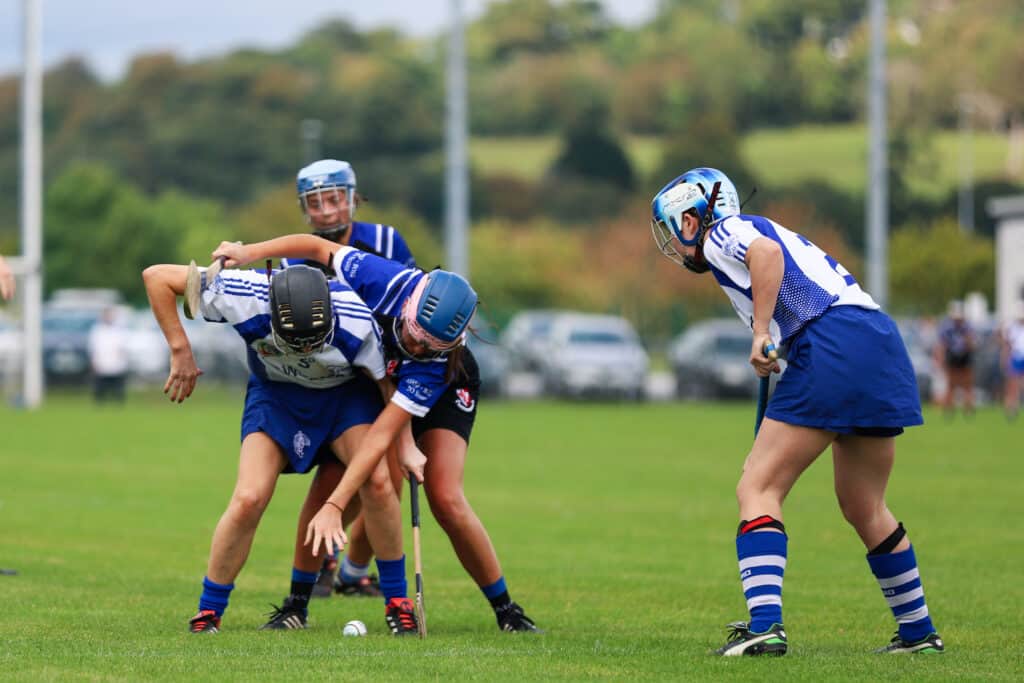
Beyond players, the game’s influence extends to spectators who are inspired to participate in active lifestyles. Witnessing the skill and dedication of athletes on the field often motivates individuals to take up sports, even at a recreational level.
Moreover, hurling’s influence reaches beyond the physical realm. The sense of accomplishment derived from mastering a complex sport and the bonds formed through teamwork contribute to mental well-being. The sport provides an outlet for stress relief, an avenue for personal growth, and a source of joy.
Hurling’s economic and social implications extend far beyond its role as a sport. The economic benefits, community connections, and promotion of well-being underscore the multifaceted impact that the sport has on individuals, communities, and the nation as a whole.
Internationalisation of Hurling
Growing Interest Beyond Ireland’s Borders
Once confined to the verdant fields of Ireland, Hurling has gradually cast its influence across borders, captivating the imagination of individuals in distant lands. The sport’s inherent excitement, cultural significance, and rich history have piqued the interest of people around the world.
The sport has found a receptive audience in countries where the Irish have settled, such as the United States, Canada, Australia, and the United Kingdom. Irish immigrants and their descendants have kept the flame of the sport alive, introducing it to new generations and communities.
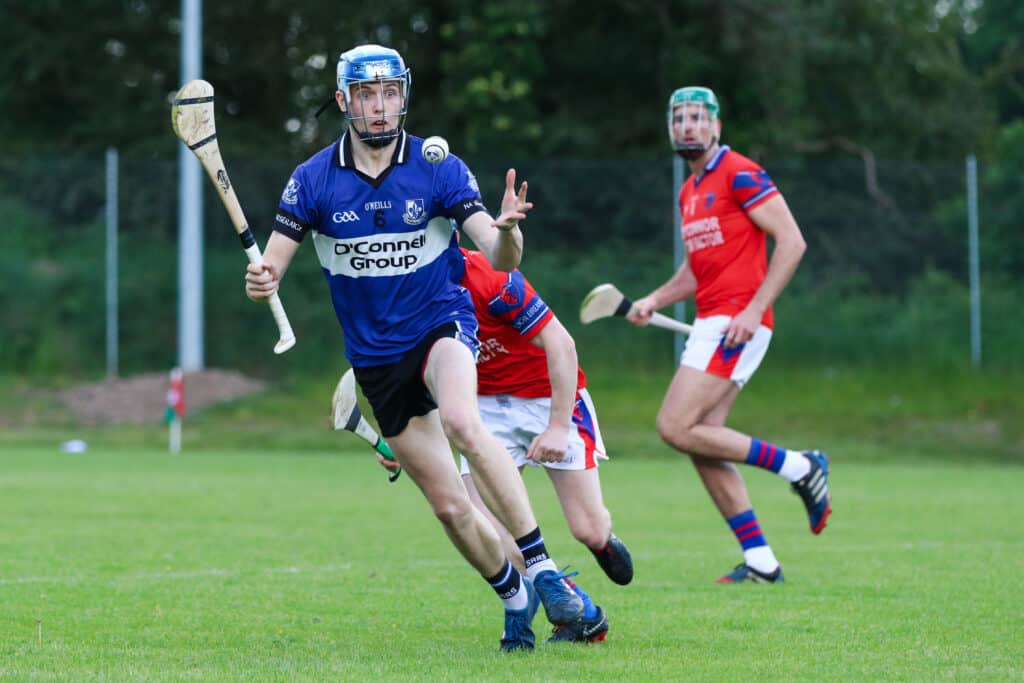
Establishment in Other Countries
As interest in hurling has grown beyond Ireland’s borders, communities of passionate players and fans have sprouted in various corners of the world. Organisations and clubs dedicated to the sport have been established in regions where hurling was once a novelty.
These international hurling communities often mirror the communal spirit seen in Ireland. They provide a platform for people of diverse backgrounds to unite under a shared love for the sport, fostering a sense of belonging and camaraderie.
Potential to Become a Global Sport
The internationalisation of the sport presents the exciting prospect of the sport gaining recognition as a global endeavour. While challenges such as varying skill levels and infrastructure exist, hurling’s core values of teamwork, determination, and respect resonate universally.
Efforts to establish international competitions, showcase matches, and training programs for newcomers further solidify hurling’s status as a global sport. As the sport adapts to different regions, it will likely evolve, blending the traditional aspects of hurling with local influences and styles.
Hurling’s internationalisation is a testament to its magnetic allure and the enduring appeal of Irish culture. As the sport continues to spread its wings across borders, it carries with it the values and traditions that have defined it for centuries.
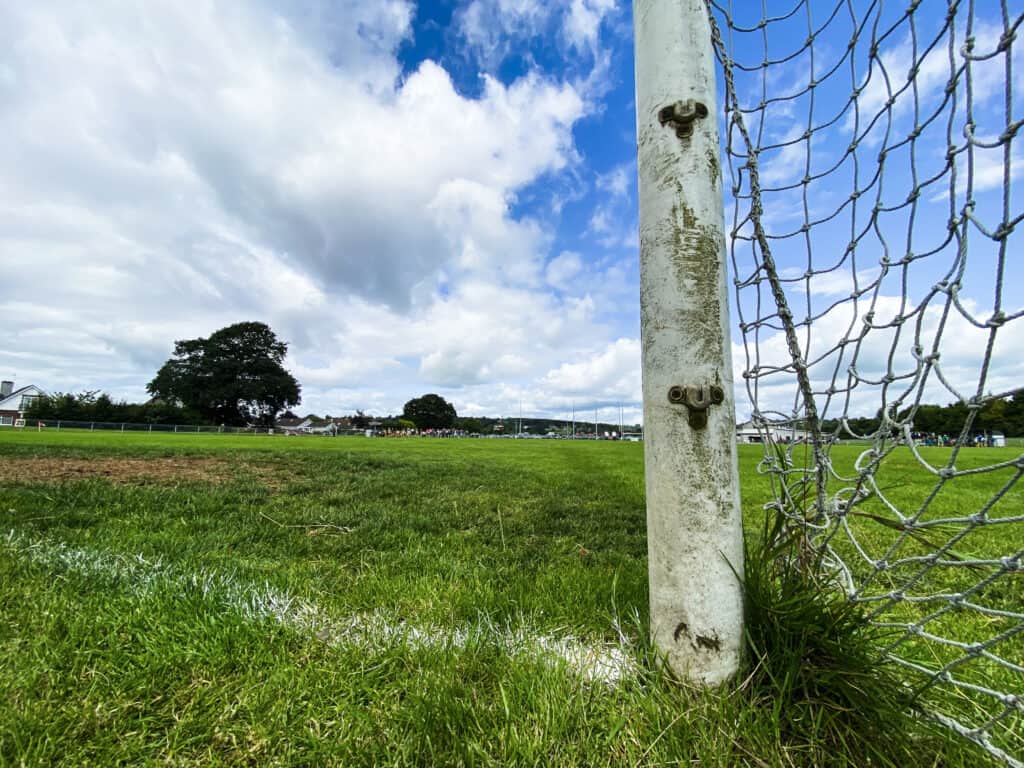
Hurling is a Key Part of Irish Heritage and Culture
In the heart of Ireland’s cultural history stands hurling, an ancient sport that transcends athleticism to embody the very spirit of the nation. With its origins stretching back centuries, hurling has evolved from its informal beginnings into a cultural symbol that unites communities, inspires artistry, and captivates audiences around the world.
In a rapidly changing world, hurling remains a steadfast reminder of the importance of tradition and unity. As hurling continues to thrive, its legacy endures, reminding us that this ancient sport is more than just a game – it is a thread that connects Irish culture and identity.
If you’re interested in seeing the best that Ireland has to offer, check out the Top 5 Reasons to Visit Ireland; From Medieval Castles to Beautiful Landscapes.


